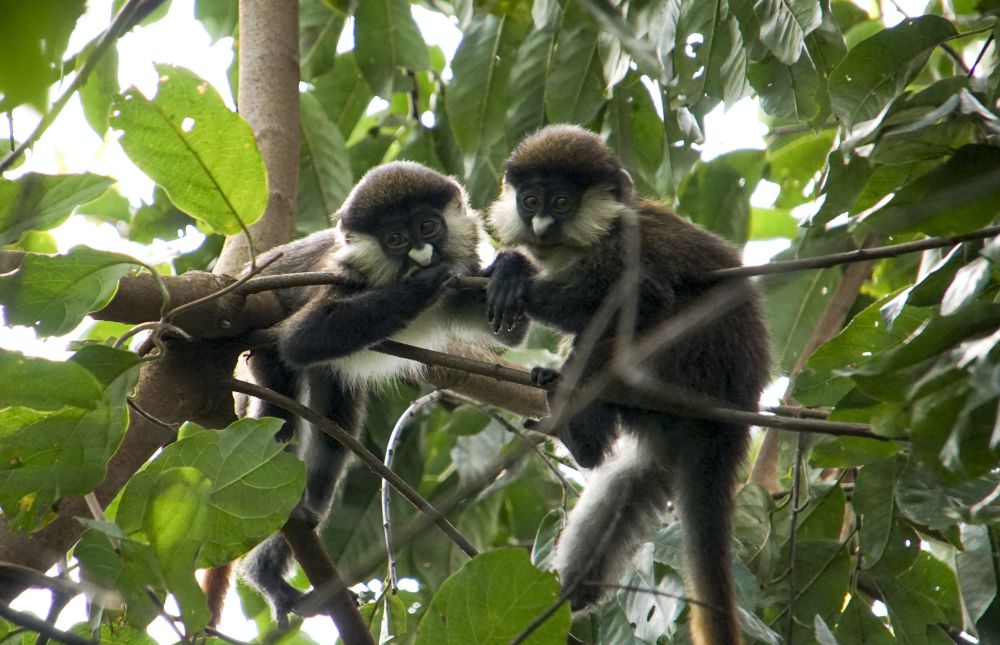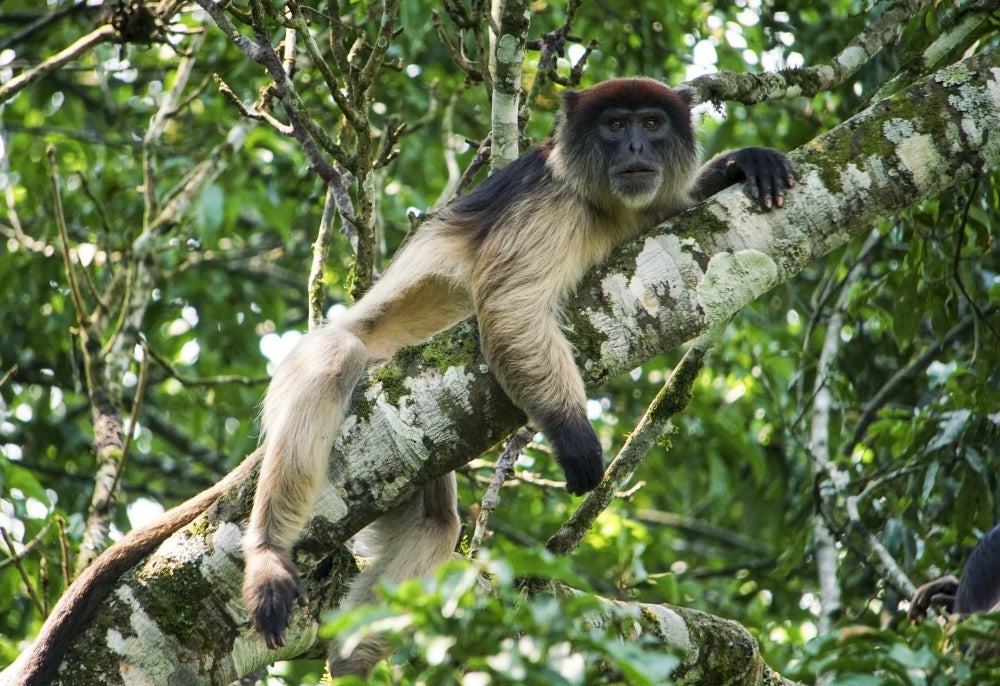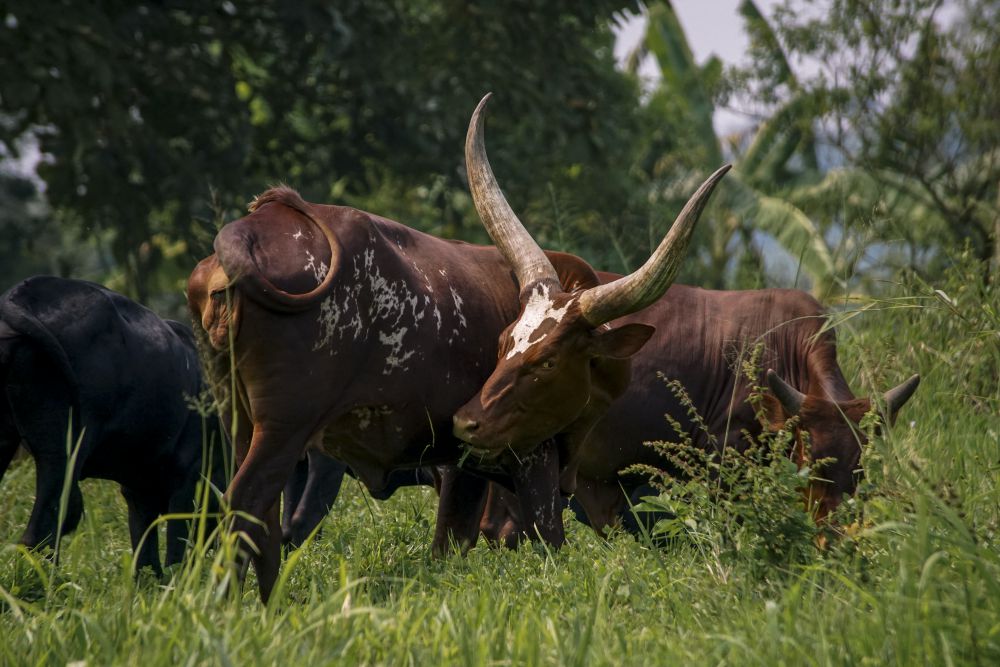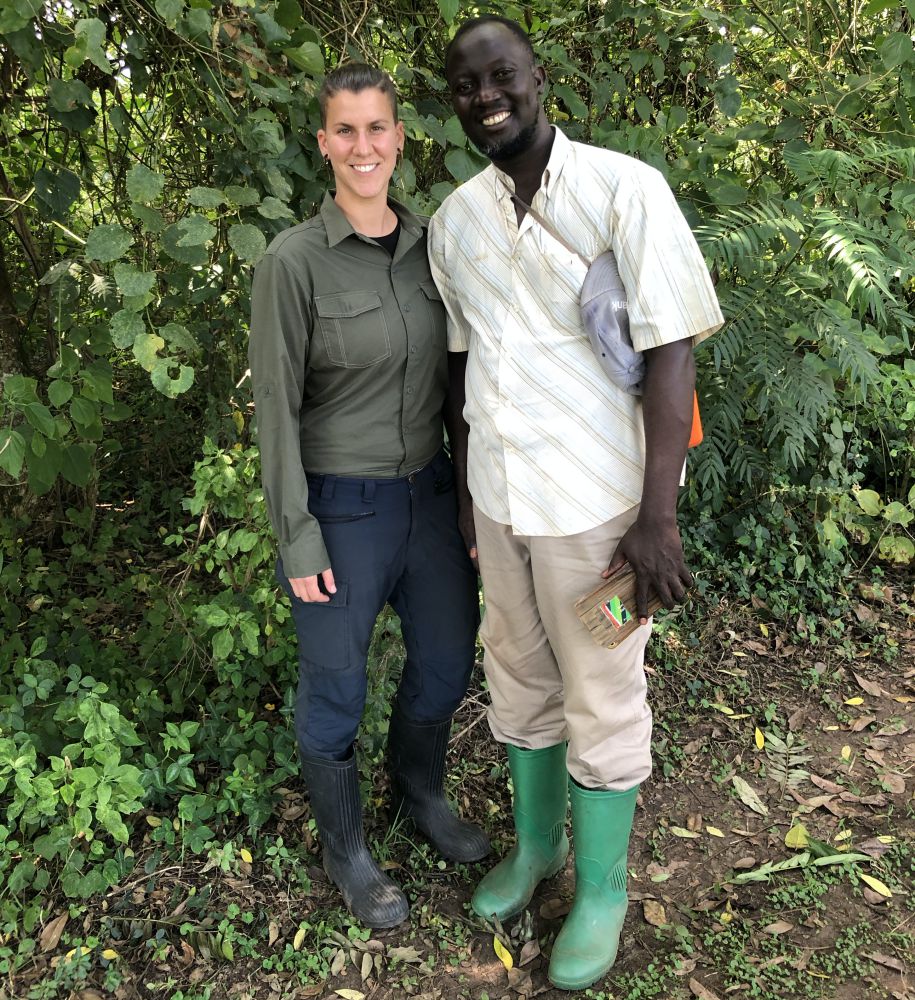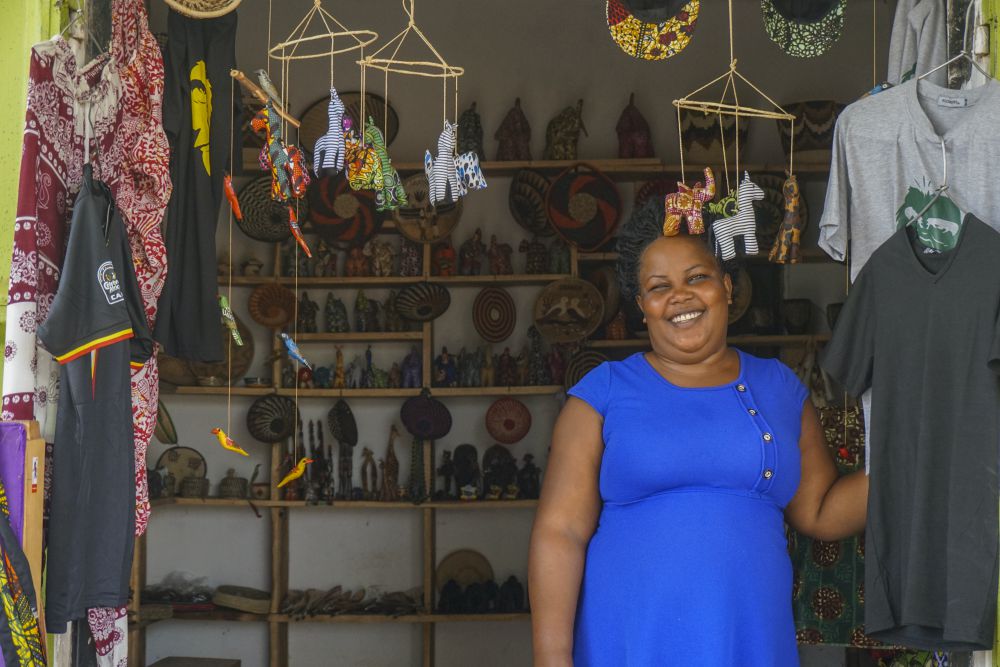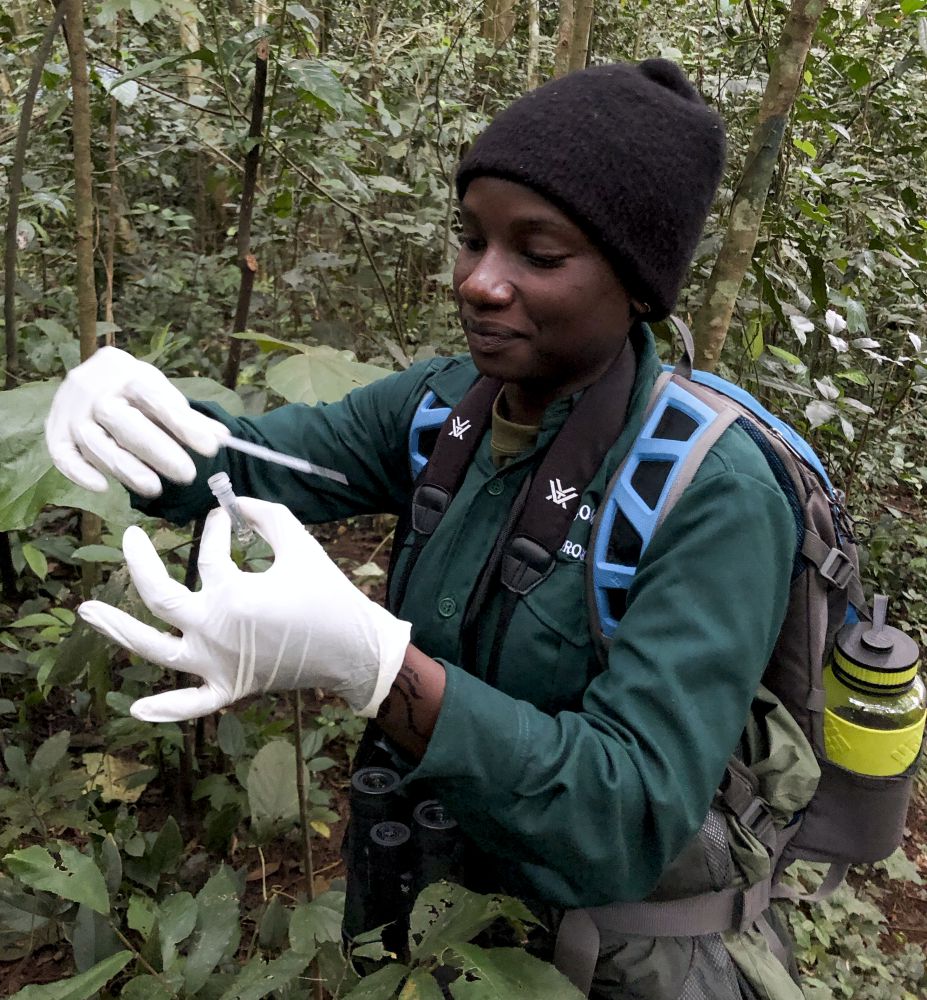A Distant Refuge
We tend to think of African wildlife refuges as large tracks of land where megafauna roam unimpeded and tourists gawk from the back of four-wheel-drive vehicles.
Turaco Trails, a new private refuge in western Uganda, doesn’t fit the mold. You can walk its perimeter in about 20 minutes, and its biggest animals are a few free-range long-horn cattle, said Ronnie Steinitz, a UC Santa Barbara anthropology doctoral student who studies monkeys on the reserve.
Despite its size, the reserve is unique. It supports four species of monkeys, a multitude of birds (including the great blue turaco), and all manner of butterflies, reptiles and small mammals. It’s the little refuge that could demonstrate that private land ownership, agriculture, conservation, tourism and economic empowerment at the local level can all co-exist.
Steinitz, an ecologist and conservation biologist, calls the land owner, Abigaba John, a “visionary.”
“He recognizes the importance of connecting the native species in this environment to the local community and vice versa,” she said. “So he’s actually recruiting from within the community to help everyone capitalize on this opportunity, not just monetarily, but to provide education on why it’s important to keep native species around. And that’s via bringing in a lot of ecotourism.”
Indeed, Steinitz and John call the refuge a model of “eco-agriculture,” where the seemingly disparate goals of profit and conservation find common ground. It sounds like a tricky balance, but the setup is actually fairly simple. John set aside a portion of his large property, where he grows cassava, maize, coffee and more, for the reserve.
“A portion of it is regenerating forest,” Steinitz said. “Some of it is a swamp with all kinds of native species of fruiting plants around it. This fragment exists some distance from the edge of the forest, and his idea is to plant native fruiting trees leading to that swamp, so that there is a kind of wildlife corridor allowing animals to come in and come out.”
Farmers don’t typically share their crops with wildlife, but John is willing to do just that. Monkeys, for example, love corn and coffee, Steinitz said. While workers and dogs will chase off pilfering primates, John sees the small losses as the price of sustainability. If the monkeys eat 5% or 10% of his crop, John has told her, he still comes out ahead.
“That’s untraditional, right?” Steinitz noted. “He says, ‘I really don’t mind that these animals come in. I can graze my cattle next to them. That’s why, really, there’s no reason we can’t all live in harmony here,’ which is very encouraging.”
Steinitz, who met John through her graduate advisor, Michelle Brown, an assistant professor of anthropology, said the reserve in the village of Rwengobe is also an excellent place to study red-tailed monkeys, her specialty. And given that three other species share the property, it offers researchers a peek at similar habitats as they fragment.
“If the future of primate research is in degraded habitats or fragmented forests, we need to start really looking at how well these species can do in small, fragmented environments,” she explained.
Brown, who has worked with John for two years and in nearby Kibale National Park for 13 years, called his reserve “a beautiful example of bottom-up conservation,” noting he sacrificed pasture, crops and income for animals he had to learn to love.
“He went from despising the monkeys who were raiding his crops,” she said, “to becoming quite attached to them and working very hard to ensure that he planted suitable food trees to wean them off the crops.
“It was an easy decision to base Ronnie’s forest-fragment research at his Rwengobe site because we have a mutual, strong interest in supporting his long-term conservation vision,” Brown continued. “It also happens to be a decidedly lovely place to watch monkeys and birds because it’s a bit more open and airy than old-growth rainforest. We plan to continue to work together to find new and creative ways to generate sustainable income to support the site indefinitely.”
Steinitz and her field assistants, whom she pays a salary through various funding sources, have surveyed the refuge and taken high-resolution photos of its simian denizens. John is building a butterfly enclosure and observation tower where visitors can experience life in the canopy.
“If you bring people who are coming to observe the wildlife, you bring them into the canopy without harming or distressing the animals,” she said. “It really forms this connection. It’s a unique gimmick for ecotourism. And hopefully it will bring in a lot of people.”
The reserve, which is a historical fragment of Kibale National Park, is also an opportunity to give an economic boost to the nearby village of Bigodi. John is setting up a shop near the reception area where local women can sell traditional woven crafts and, potentially, hold classes where visitors can learn to weave a basket. He also hires local people to work the land.
Steinitz tells a story that sold her on John’s good intentions. One evening he saw a few younger men with what looked like poaching tools — a big machete, sacks and the like — heading toward his property. When he called out to them, they started running away. But John told them he wasn’t going to hurt them; he just wanted to talk.
“He asked them why they’re poaching,” Steinitz said. “And they said that they need food, they don’t have food for their families. He said, ‘How about this? You come back tomorrow, I give you a job, you work on my property and I pay you a salary and then you can go to the local butcher and buy food for your family.’ He hired them and he’s employed them on his property ever since.”
Although the reserve has only recently opened, Steinitz said she’s eager to watch it develop over the years as she collects data and works with John.
“I’m hoping not only to benefit my research from this,” she said, “but to touch base with Abigaba down the road and see how this has come along. I’m going to be working with him for the next four or five years. I really look forward to it. It’s a great opportunity.”
